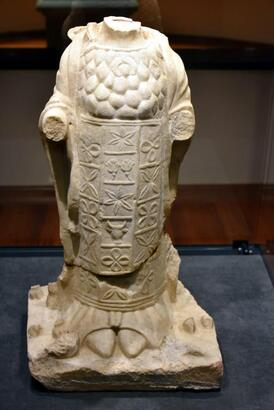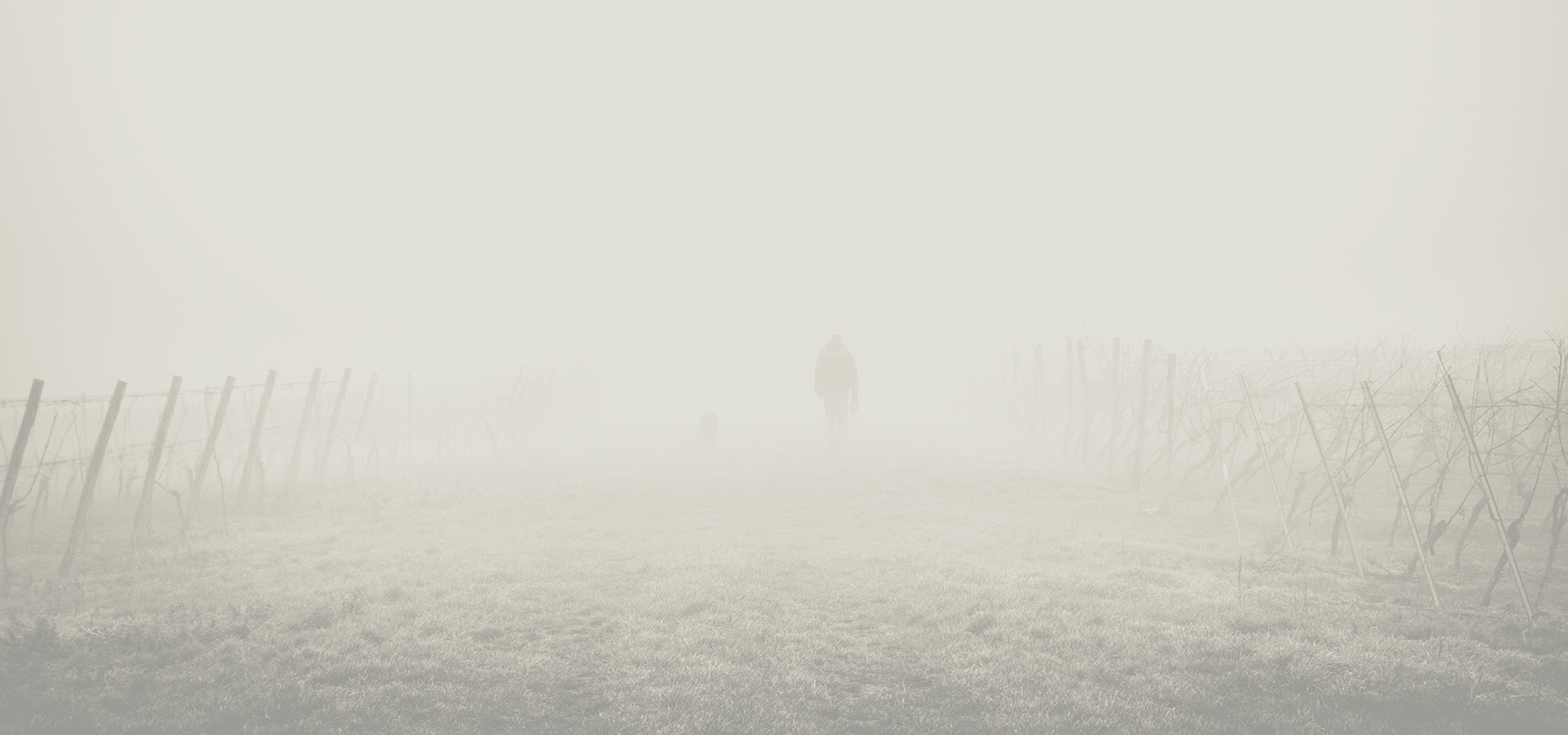
The statue of 'Artemis', one of the goddesses of Greek mythology, which was found in 1963 and kept in storage in the Thermai Thesos Ancient City in Kula district of MANİSA, was exhibited at the Izmir Archeology Museum for the first time after half a century. Every month, a few of the cult and ritual artifacts selected by the Izmir Archeology Museum officials from the museum collection are taken out of storage and exhibited. Among the works exhibited this month, the statues of the Greek mythology goddess 'Artemis', found in 1963 in the Thermai Thesos Ancient City in Manisa's Kula district and in 1956 in the Ephesus Ancient City in Izmir's Selçuk district, were included. Among the two statues dating back to the Roman period, it is stated that they were made to protect nature and women and to bring abundance; The 'Artemis' statue, which was found in the Ancient City of Thermai Thesos and exhibited for the first time after half a century from its storage, attracted great attention. Providing information about the statue, Cengiz Topal, Director of the Izmir Archeology Museum, said: "It is a statue made of marble, without a head or hands. There are lumps in the chest area on the reliefs. There are bull, bee and plant motifs on its skirt. It is a 65 centimeter tall statue. From the remains on its base, we understand that there were probably deers next to it." "These are the details found in typical 'Artemis' statues," he said. Stating that 'Artemis' is known as the goddess of the moon and nature, Topal said, "'Artemis' statues are quite common in this geography. Temples built in her name, statues and figures belonging to her are found. There is also a temple made entirely of marble in her name, one of the 7 wonders of the world, in Ephesus." There are very few remains today. She is considered the goddess of fertility. Pointing out that one of the 'Artemis' statues on display was found in the Ancient City of Ephesus in 1956, Museum Director Topal said, "The head and arm parts of this statue are missing. It is 1 meter 10 centimeters tall and made of marble. There are animals representing fertility such as bees on its dress. There is a lion on its shoulder." "There are figures," he said. (DHA)
Author: Thermai Thesos Ancient City in Kula | Date: 2nd Century

